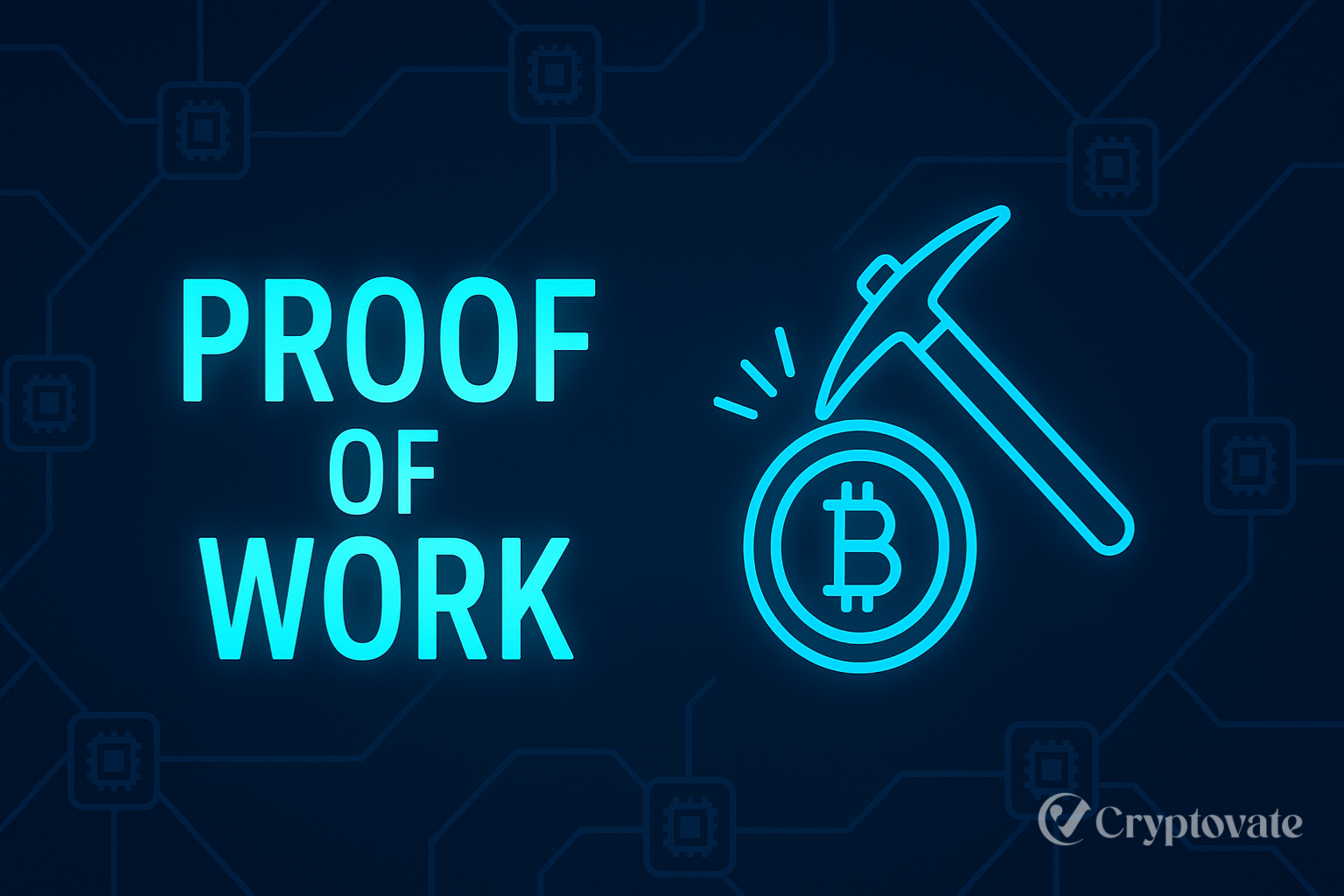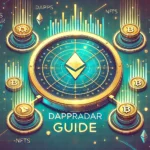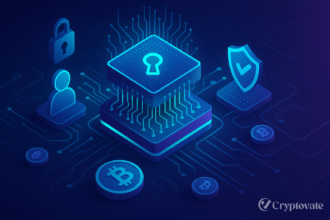– Ad –
| Getting your Trinity Audio player ready... |
Proof of Work (PoW) is a fundamental pillar of blockchain technology, driving the security and decentralization of cryptocurrencies like Bitcoin. As a consensus mechanism, PoW ensures transactions are validated securely without a central authority. However, its energy-intensive nature and scalability limitations have sparked debates about its future. This article explores how PoW works, its benefits, drawbacks, and a comparison with Proof of Stake (PoS) to provide a clear understanding of its role in the crypto ecosystem.
What is Proof of Work?
Proof of Work is a decentralized algorithm that requires network participants, called miners, to solve complex cryptographic puzzles to validate transactions and append them to the blockchain. Introduced by Satoshi Nakamoto in Bitcoin’s 2008 whitepaper, PoW prevents double-spending and ensures network integrity. Miners compete to find a solution, and the winner adds a new block, earning cryptocurrency rewards. The computational effort required makes tampering with the blockchain prohibitively expensive, securing the network.
How PoW Operates
The PoW process involves several steps:
- Transaction Aggregation: Miners collect pending transactions into a block.
- Cryptographic Puzzle: Miners solve a puzzle by finding a hash—a unique string—that meets specific criteria, requiring intensive computations.
- Nonce Tweaking: Miners adjust a “nonce” (a random number) to generate a valid hash. The puzzle’s difficulty adjusts to maintain consistent block times, like Bitcoin’s 10-minute target.
- Block Addition: The first miner to solve the puzzle broadcasts the block, which is verified by other nodes and added to the chain.
- Rewards: The winning miner receives a block reward, including new coins and transaction fees.
This competitive process ensures transparency and security in a trustless environment.
Advantages of PoW
PoW offers compelling benefits:
- Robust Security: The high computational cost deters attacks, such as the 51% attack, where an entity would need to control most of the network’s computing power.
- Decentralized Governance:
Anyone with computational power can participate in mining, promoting a decentralized network. - Proven Track Record: Bitcoin’s flawless operation since 2009 showcases PoW’s reliability, securing billions in value.
Drawbacks of PoW
Despite its strengths, PoW has notable challenges:
- Energy Intensive: Mining consumes vast amounts of electricity, with Bitcoin’s network rivaling the energy use of small nations, raising environmental concerns.
- Limited Scalability: PoW blockchains process transactions slowly—Bitcoin handles about 7 transactions per second (TPS), lagging behind traditional systems like Visa.
- Mining Centralization: Specialized hardware (ASICs) and large mining pools have concentrated power, potentially undermining decentralization.
PoW vs. PoS: A Comparison
To put Proof of Work (PoW) into perspective, it’s helpful to compare it with Proof of Stake (PoS) to highlight their main differences. PoS, used by Ethereum post-2022, relies on validators staking cryptocurrency, offering an energy-efficient alternative. Below is a detailed comparison:
| Aspect | Proof of Work (PoW) | Proof of Stake (PoS) |
| Mechanism | Miners solve puzzles to validate blocks | Validators stake crypto to secure the network |
| Energy Use | High; energy-intensive mining (e.g., Bitcoin) | Low; minimal energy consumption (e.g., Ethereum) |
| Security | Highly secure due to computational barriers | Secure, but risks if stake is concentrated |
| Scalability | Low; ~7 TPS for Bitcoin | Higher; ~30 TPS for Ethereum |
| Decentralization | Promotes decentralization; mining pools pose risks | Varies; wealth concentration can centralize control |
| Hardware | Requires ASICs or powerful GPUs | Standard hardware suffices |
| Examples | Bitcoin, Litecoin | Ethereum (post-2022), Cardano |
The Future of Proof of Work
PoW remains integral to Bitcoin, the largest cryptocurrency, valued for its unmatched security. Innovations like renewable energy-powered mining aim to mitigate environmental impacts, while solutions like the Lightning Network address scalability. However, PoS’s rise, driven by Ethereum’s transition, and regulatory scrutiny of energy use challenge PoW’s dominance. Despite this, PoW’s reliability ensures its relevance in securing decentralized networks.
Conclusion
Proof of Work is a battle-tested mechanism that underpins blockchain’s trustless security. While its energy demands and scalability issues spark criticism, its ability to safeguard decentralized systems is unparalleled. As blockchain evolves, PoW’s role will adapt, balancing innovation with sustainability.

















